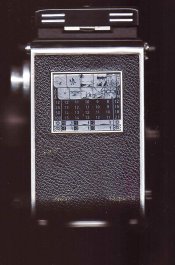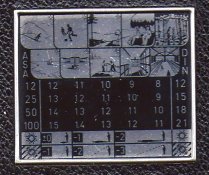Reasonable, workable, but not always exactly right.
The real need for exact placement in most situations is IMO typically overstated. It truly depends on the film choice, subject in play, and self imposed constraints.
Surely if Provia or Vlevia or similar film is used and it is going to be projected then there is very little tolerance for exposure errors and if needed to get proper subject placement within the frame one must use artificial lighting or posing or creative composition or some such thing to manage where things fall.
With negatives exact can be important if like Vaughn you are deep in the forest and have an SBR of 12 stops or some such long scale subject that may use up the whole range a negative can catch.
Those are both special cases rather than the norm.
When shooting more "normal" SBRs with negative film exact placement becomes mostly a convenience to say, save a little work in the darkroom, rather than a physical necessity.
Shooting to be exact with the camera is not without it's own cost, it requires more thought and time and effort.
When I'm just out and about with a camera I typically carry my camera set for the darkest situation I'll be in, then if something happens fast all i need to think about is focusing and composing. This type of work means I work harder when printing.
My other extreme is a studio setup, here exact matters to me. From studio setup I expect to set the enlarger once for all the work done during that whole session and not to have to do any burning and dodging. This means I work harder when I'm shooting.







